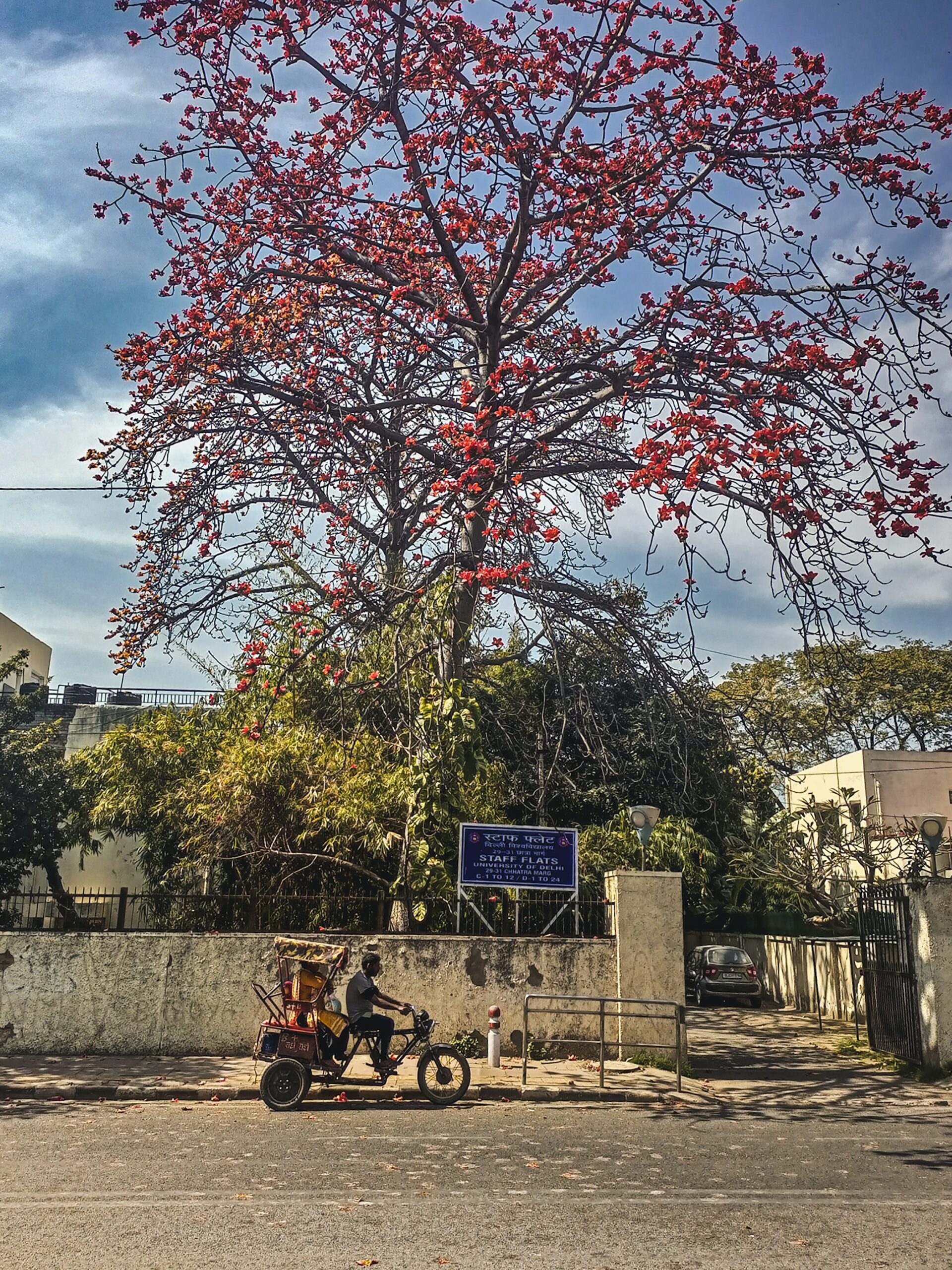Publication from the AllianceAuthor: Anand, Prodyut Bhattacharya
Year of publication: 2020
In recent decades, Indian cities have experienced massive restructuring, expansion, and redevelopment due to economic, social, and infrastructural changes. Urbanites commonly aspire for a livable city with more trees and green spaces to mitigate the pollution and extreme stress faced in their daily lives. However, unprecedented urbanization has caused such Urban Green Spaces (UGSs) to shrink, be poorly maintained, and lose biodiversity. Therefore, this paper aims to understand Delhi park users’ perceptions of UGSs in India’s capital. Specifically, the study investigated three key questions: (1) Why do respondents visit public green spaces? (2) What problems are associated with the UGSs? and (3) What roles should urbanites play in the ongoing management of UGSs? The study draws on 261 face-to-face surveys with randomly selected respondents visiting the UGSs. Most participants were satisfied with overall condition and current management practices in Delhi’s UGSs and believed that the parks could support the creation of a livable green city. Citizens believed that greater awareness of UGSs and further involvement from Resident Welfare Associations (RWA) could improve participatory and inclusive management. Commonly reported problems included park safety concerns, insufficient green cover, and the need for better management. Many residents were passionate about the UGSs and wanted to participate in ongoing park management activities. This study highlights the importance of public participation and the ongoing practices that support urban parks and garden management.
Read more
